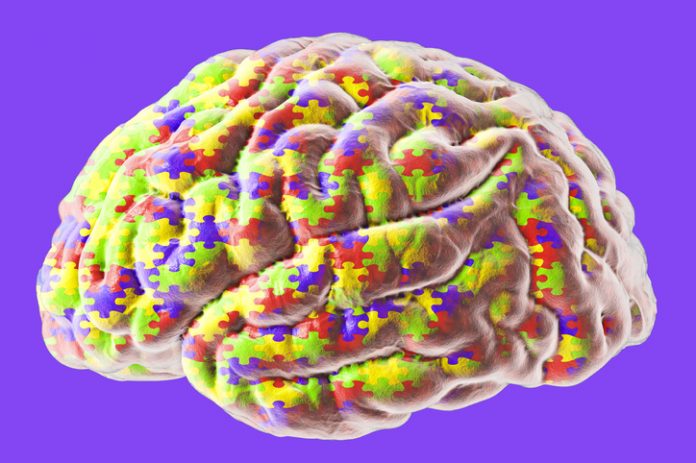
Three clinical studies in more than 1,500 children have shown that looking behavior can diagnose autism in children 16 to 30 months old. The studies, published simultaneously today in the Journal of the American Medical Association and JAMA Network Open by researchers at the Marcus Autism Center at Children’s Healthcare Atlanta, provides clinicians with an objective measurement to determine a child’s strength and vulnerabilities, information which can be used to help provide personalized care and support for the children with autism and their families.
“The results show that the way in which young children look at social information can serve as an effective and objective biomarker for early signs of autism,” says Warren Jones, PhD, lead author, director of Research at Marcus Autism Center.
Research estimates that as many as one in 36 children are affected by autism, which translates to more than 90,000 children born each year with some form of the disease. Early intervention can help support the long-term learning and health of children with autism.
Jones, along with co-author Ami Klin, PhD, director of the Marcus Autism Center have researched autism for more than 20 years including what they term “social visual engagement,” defined as the ways that young children look at and learn from their social environment. Past research has shown that children with autism look at their environment differently from those without it, that that these difference emerge early in infancy, and these are directly related to genetic factors. Jones and Klin developed the technology to measure these differences as a definitive biomarker that clinicians can use.
“The far-reaching implications of these results may mean that children who currently have limited access to expert care, and face two or more years of waiting and referrals before finally being diagnosed at age four or five, may now be eligible for diagnosis between the ages of 16 and 30 months,” said Klin, who is also division chief of Autism and Developmental Disabilities at Emory University School of Medicine. “In addition, this technology measures each child’s individual levels of social disability, verbal ability and non-verbal learning ability, which is critical information for clinicians when developing personalized treatment plans to help each child make the greatest gains.”
The article in JAMA Open Network describes how the technology was initially developed including results from more than 1,000 two-year-old children, while the research published in the Journal of the American Medical Association further details the results of a trial of the device conducted at six autism and treatment centers across the U.S., which tested around 500 children aged 16 to 30 months.
The testing had the children watch videos of social interaction, while the device measured their eye movements as a rate of 120 times per second to determine, in fine detail, what social information the children looked at and what information they did not look at. Using algorithms, these data were then compared with data from age-match peers to quantify similarities and differences mapped at each moment in time. The results were then summarized to give an overall diagnostic indication which included more granular information detailing each child’s levels of social disability, verbal ability, and nonverbal learning skills.
When matched with standard of care diagnoses at the six autism centers, the automated diagnostic tool performed on par, which could ultimately lead to use of the tool as an earlier, objective indicator of autism.
“Objective, performance-based biomarkers can help clinicians diagnose and support more children and families, with the same level of clinical confidence. We hope this can alleviate current burdens on the healthcare system and reduce lengthy waitlists for assessment,” Jones said. “When we can shorten the time from parents’ first concern to diagnosis and the start of beneficial support, we can help positively impact the lives of many children and families.”
The diagnostic technology has previously received clearance from the FDA in June 2022 to diagnose autism, and is owned by EarliTec Diagnostics. Both Jones and Klin have an equity interest in EarliTec as scientific co-founders of the company.













